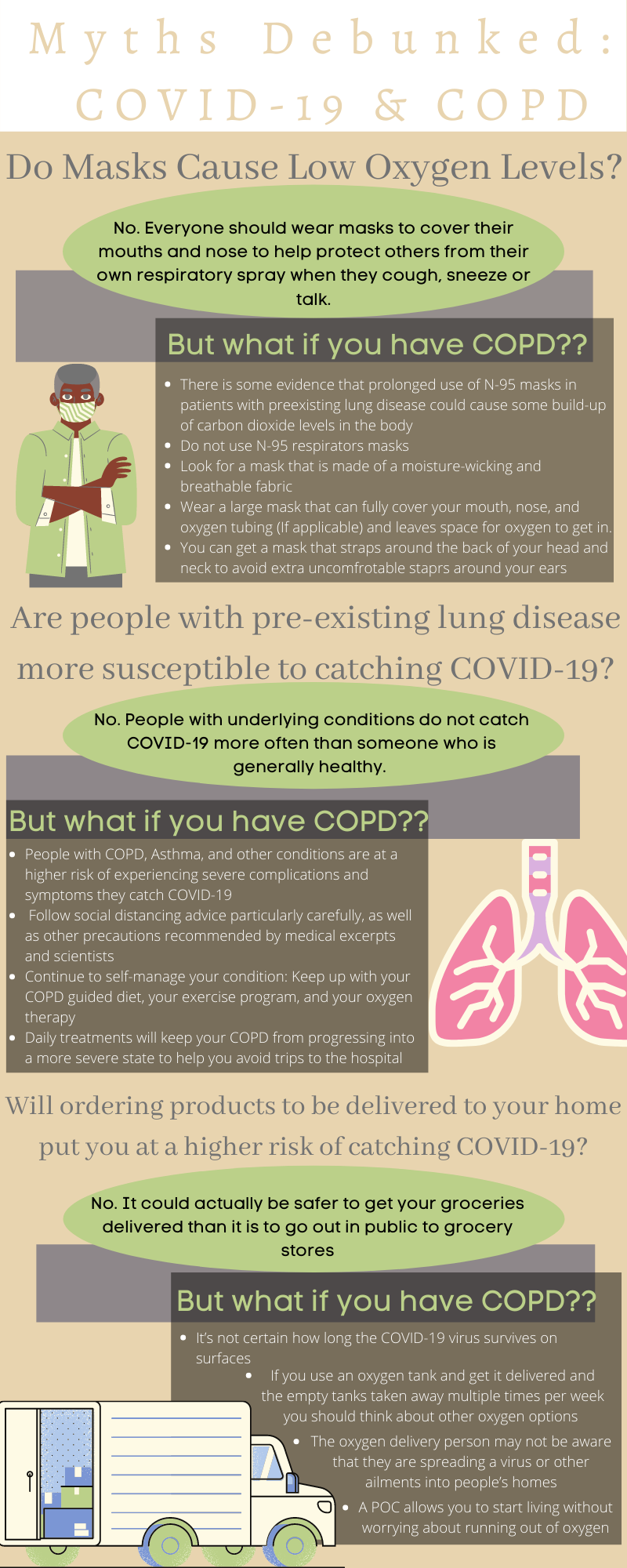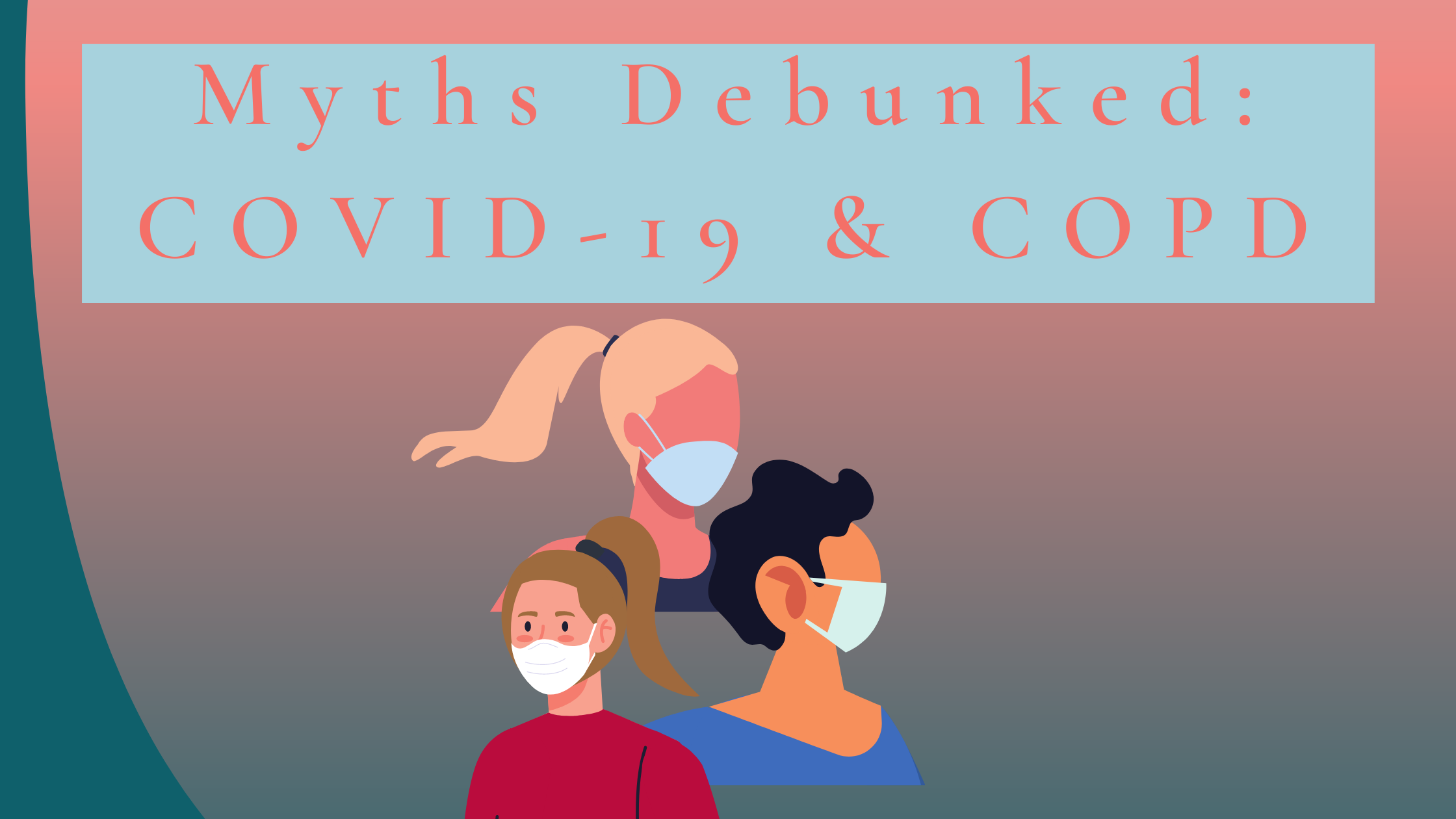
There are a lot of misleading resources and misinformation circulating the media about how COVID-19 is affecting humans and to what degree. If you are seeking information about the virus causing COVID-19 it is hard to know what information you can trust and what to be skeptical about.
In the scientific community, recommendations change as evidence becomes more widely available due to new studies and tests, proving anything to be one way or the other takes a lot of time and resources. There have been multiple coronaviruses, but the particular strand that causes COVID-19 is new and there is limited data scientists and medical professionals have at the moment. Therefore, you should be more cautious and play it safe rather than sorry, until more conclusive data is available.
Now, If you have COPD or other underlying health conditions, simply catching the common flu or a mild cold can cause a flare-up, severe symptoms, and hospitalization. Therefore, the spread of a new virus, and one so unprecedented, like the coronavirus causing COVID-19, is much more alarming for you.
This article we are looking into 6 of the myths and other misleading information about the novel coronavirus. However, the outcomes of theses myths can affect people with COPD and other underlying conditions very differently than a healthy person. So we have added other precautions and simple solutions for people with COPD to deal with the myths surrounding COVID-19.
Do Masks Cause Low Oxygen Levels?
There are a lot of misleading resources and general information circulating regarding the use of masks to decrease transmission of COVID-19.
The simple answer is: No “Absolutely not”, says the American Lung Association. But it is not that simple if you have COPD…
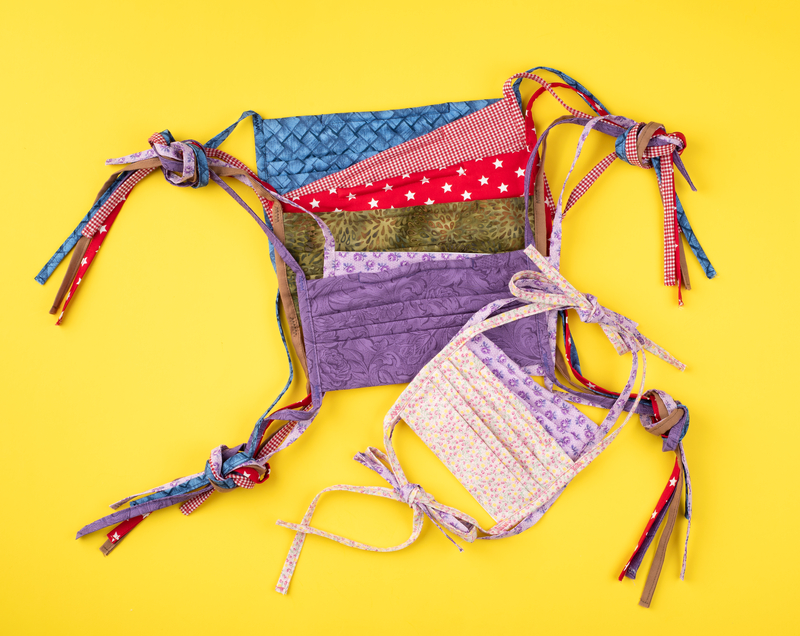
Should people with lung diseases wear a mask?
COVID-19 is primarily contracted when people interact and transmit respiratory spray. While peer-reviewed research regarding mask use is limited, the data so far supports wearing a mask is a key public health measure to decrease the virus spreading.
Therefore, the Center for Disease Control and Prevention recommends that everyone even those with lung diseases and trouble breathing should wear masks to cover their mouths and nose to help protect others from their own respiratory spray when they cough, sneeze or talk.
Doctors and nurses all wear masks everyday, they are designed to be breathable so there is no evidence that low oxygen levels occur, however it is undeniable that they are not easy to breath when you wear one.
{{cta('43b79c5e-6bd6-4f02-ac27-2d038d20c146','justifycenter')}}
So what about people with COPD and other lung ailments, who already struggle with getting enough oxygen with each breath they take even before putting on a mask?
There is some evidence that prolonged use of N-95 masks in patients with preexisting lung disease could cause some build-up of carbon dioxide levels in the body. If you have preexisting lung problems should discuss mask wearing concerns with their health care providers.
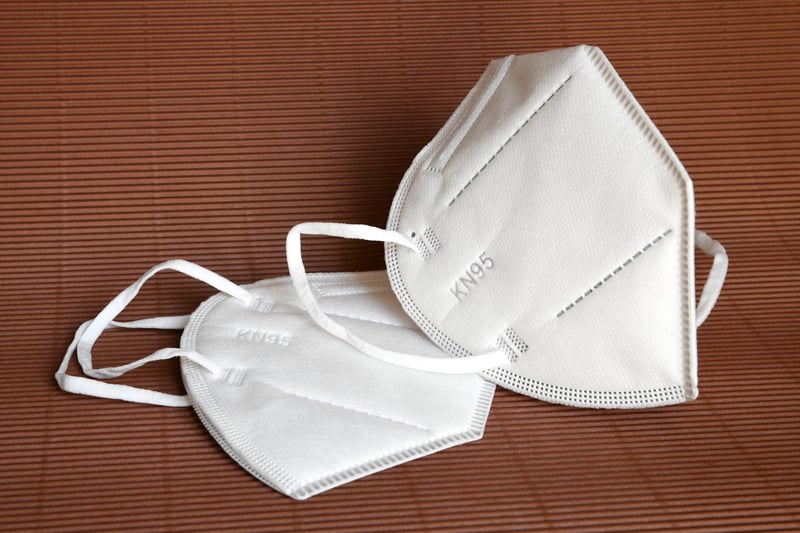
If you have COPD or asthma, do not use N-95 respirators. First of all, they should be reserved for health care workers who really need them. The N-95 masks are the most effective at blocking virus particles compared to the function of different kinds of masks, but they’re also more difficult to breathe through.
The CDC currently recommends that most people choose to wear cloth face coverings rather than N-95 masks or surgical masks when venturing into public spaces.
If you have COPD, look for a mask that is made of a moisture-wicking and breathable fabric. If you’re having an extremely hard time breathing, try using a bandana or neck gaitor. These alternatives are more breathable since they are open at the bottom, but still provide a protective barrier
Despite how uncomfortable it is, make sure it covers your nose and mouth.
If you use portable supplemental oxygen, you should wear a large mask that can fully cover your mouth, nose, and tubing. To avoid having your oxygen cannulas and the straps of your mask behind your ears, you can get a mask that straps around the back of your head and neck. These are much more comfortable than the strings pulling on your ears.
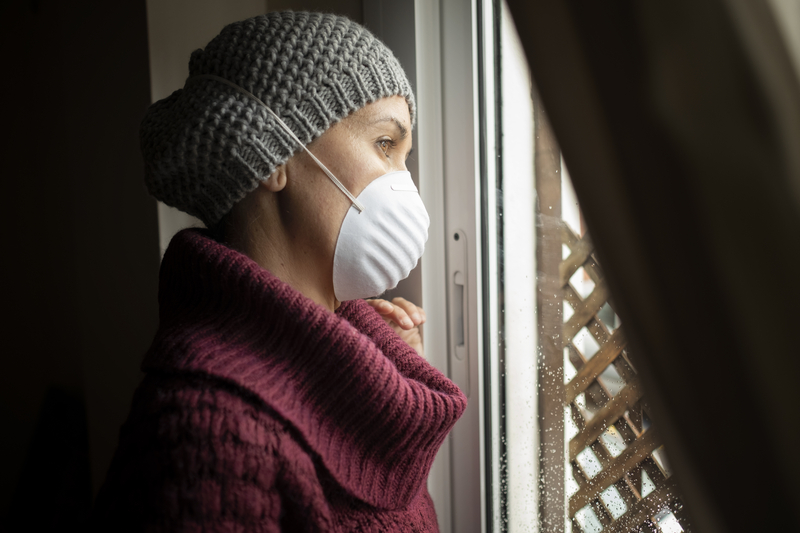
Are people with underlying conditions (COPD & Asthma) more susceptible to catching COVID-19?
No. People with underlying conditions do not catch COVID-19 more often than someone who is generally healthy.
That being said, many people who contract COVID-19 have very mild symptoms and can handle the virus as they would the common flu, while others do not experience symptoms at all.
Therefore, people with COPD, Asthma, and other conditions are at a higher risk of experiencing severe complications and symptoms if you get COVID-19. Therefore it is important you follow social distancing advice particularly carefully, as well as other precautions recommended by viral excerpts and scientists.
The other best way to avoid catching COIVD-19 is to continue self-managing your condition well. Keep up with your COPD diet, your exercise program, and your oxygen therapy. All of these daily treatments will keep your COPD from progressing into a more severe state, and these measures will also help reduce the likelihood of you needing to go to the hospital due to a COPD flare-up or complication.
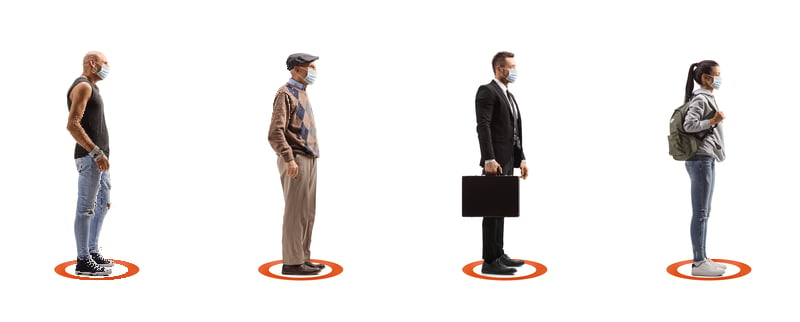
Will ordering products to be delivered to your home put you at a higher risk of catching COVID-19?
Again the simple answer is no, and often reliable sources say that it is safer to get your groceries delivered than it is to go out in public to grocery stores. Researchers are questioning how COVID-19 infects people, and the World Health Organization (WHO) says that the likelihood of becoming infected with COVID-19 from a commercial package is low since it has likely traveled over several days and been exposed to different temperatures and conditions during transit.
If you have COPD or asthma, the answer is not this simple. It’s not certain how long the COVID-19 virus survives on surfaces, but according to the World Health Organization, the virus seems to behave like other coronaviruses. Studies suggest that coronaviruses in general may live on surfaces for a few hours or up to several days. It also varies under different environments and the surfaces, temperature, and humidity.
So if you are at risk of developing life threatening symptoms due to the novel coronavirus, it is best to play it safe when handling all of your packages and deliveries, even if they have been in transit for a few days.
If you use oxygen tanks, liquid or compressed oxygen, you may have already been having your oxygen tanks delivered and the empty tanks taken away, sometimes multiple times per week.
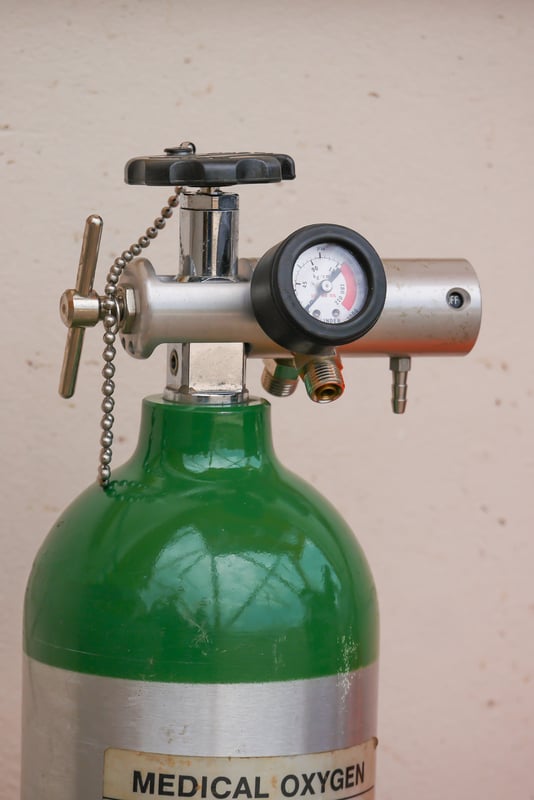
This is obviously something that you should consider avoiding if possible. While we all would hope that a medical-grade oxygen refill company would take every precaution necessary while delivering oxygen to respiratory patients, there is no way to know for certain everything has been disinfected.
If the delivery person is coming into your home giving you the new oxygen tanks and taking away the old ones, it is their responsibility to make sure that they are not experiencing any symptoms or have been in contact with anyone who has. Unfortunately, some people do not experience symptoms but can spread the virus if they have it, so the delivery person may not be aware that they are spreading a virus or other ailments into people’s homes.
In order to avoid the spread of COVID-19, there is no better time to purchase your own portable oxygen concentrator (POC). The best part about buying a POC now rather than later, is the earlier you can start living without worrying about running out of oxygen. Your POC takes air from the surrounding area and produces medical-grade oxygen 24/7.
.png)
Should people with standing healthcare appointments see their medical offices where patients infected with COVID-19 may be present?
It is easy for people who are healthy to cancel their check-ups and yearly examinations. These people should opt to have their appointments over the phone, online, or via video-chat in order to not only avoid COVID-19 infections, but also relieve some of the staff.
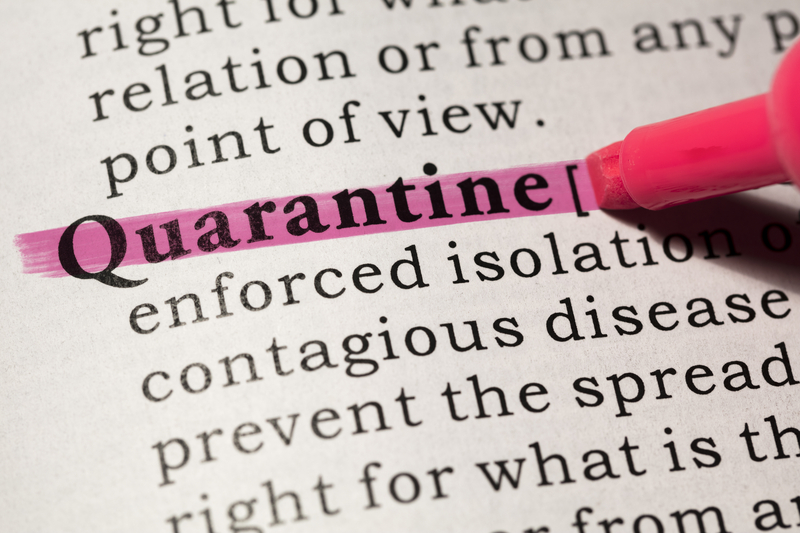
If you have severe COPD or if you experience an exacerbation, you should go to the hospital or call 911. All hospitals and facilities are doing their best to separate suspected COVID-19 patients from other patients, and many are separating expecting COVID-19 patients by floors and hallways. So, if you do need to go to the hospital for symptoms related to your pre-existing condition you will likely be far-removed from anyone going to the hospital with COVID-19.
That being said, if you can avoid going to your regular pulmonary rehabilitation course, and other appointments that can be done at home online and over the phone, do that.
Is the public water supply contaminated with COVID-19?
The COVID-19 virus has not been detected in any drinking-water supplies and based on current evidence, the risk to water supplies is low and Americans can continue to use and drink water from their tap as usual. In fact, the water treatment facilities often protect you from pathogens.
Is it true that ventilators treating patients with COVID-19 are lifesaving in the short run, but can cause pneumonia or lung damage and more permanent harm in the long-run?
While ventilator-associated lung injury is a risk—particularly with patients who are intubated with certain respiratory diseases, there are a few reason doctors and medical would employ these life saving measures on COVID-19 patients.
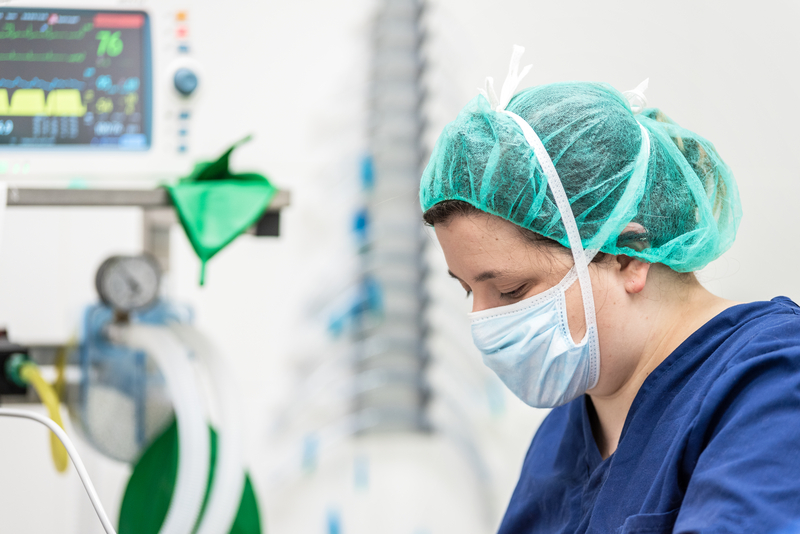
Here are some important things to remember:
- Over-all, patients intubated in these circumstances would almost certainly die without the ventilator.
- Doctors and other medical staff have been trained and learned a great deal in recent years about how to reduce the risk of ventilator-associated lung injury. Utilizing these methods will significantly reduce the risk.
- Ventilator-associated pneumonia does occur, but the risk is low compared to the risk of treating these particular patients without a ventilator.
So what does this mean for people with COPD?
It is accurate to state there are risks when patients are intubated, particularly for long periods like COVID-19 patients, however the benefit far exceeds the risks, unfortunately this is not the case in patients with COPD or other pre-existing lung conditions.
The best thing you can do is take all of the preventative measures you can in order to avoid catching the coronavirus causing COVID-19. Some of the measures we have not discussed in detail are:
- Continuing to take all of your medications
- Having an extra supply of medication stocked
- Exercise in your home or outside where there are not many people around
- Maintain or start a lung and heart healthy diet
- Stay in touch with others: friends family, and COPD support groups
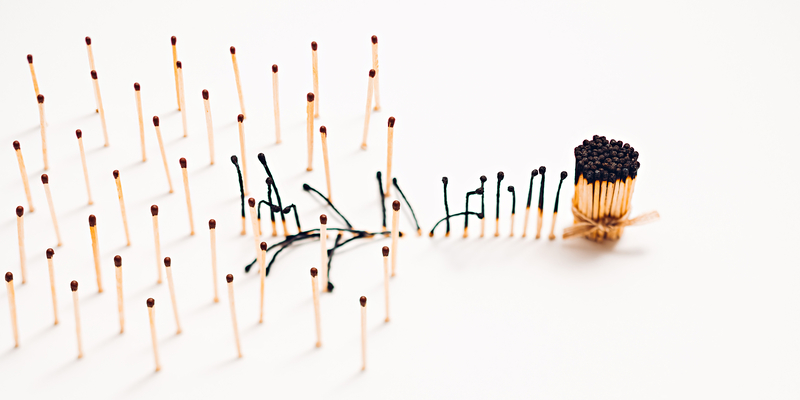
These are uncertain and unpredictable times. Any advice about positively may come up short, and that is completely normal. Do not be too hard of yourself, and try to remember that you are not alone, everyone is facing their own struggles financially, fighting for their health, and/or living in fear.
You should be weary of all of the recommendations regarding COVID-19 that you find on the internet. Always search for the source of the data and certify all of the information you read with a few other creditable sources. After engaging with that material, see if there are extra precautions someone with COPD or respiratory illness should be aware of, because sometimes the advice is geared towards the healthiest people.
{{cta('fa8abc2a-1e88-4fa3-82fd-1cb5b9ed43b2','justifycenter')}}
Ultimately you should continue to wear your mask, but limit the amount of situations where you need to in order to avoid added shortness of breath. Go to the hospital or emergency room if you experience severe symptoms or an exacerbations, but avoid routine visits and opt for a phone-call or video-chat . If you can, think about trading in your oxygen tank for a POC to avoid oxygen re-fill deliveries every week. Switching to a POC will limit your exposure to people and foreign surfaces because you will always have oxygen when you need it. This will also give you a new sense of independence and freedom, something we all would benefit from right now.
It is crucial that you continue to slow down the progression of your COPD, because this global pandemic will not last forever, and once there is a vaccine, you will want you body and lungs to feel capable for their next endeavor, weather that be traveling to see you grandkids, or enjoying a evening stroll with your neighbors.
